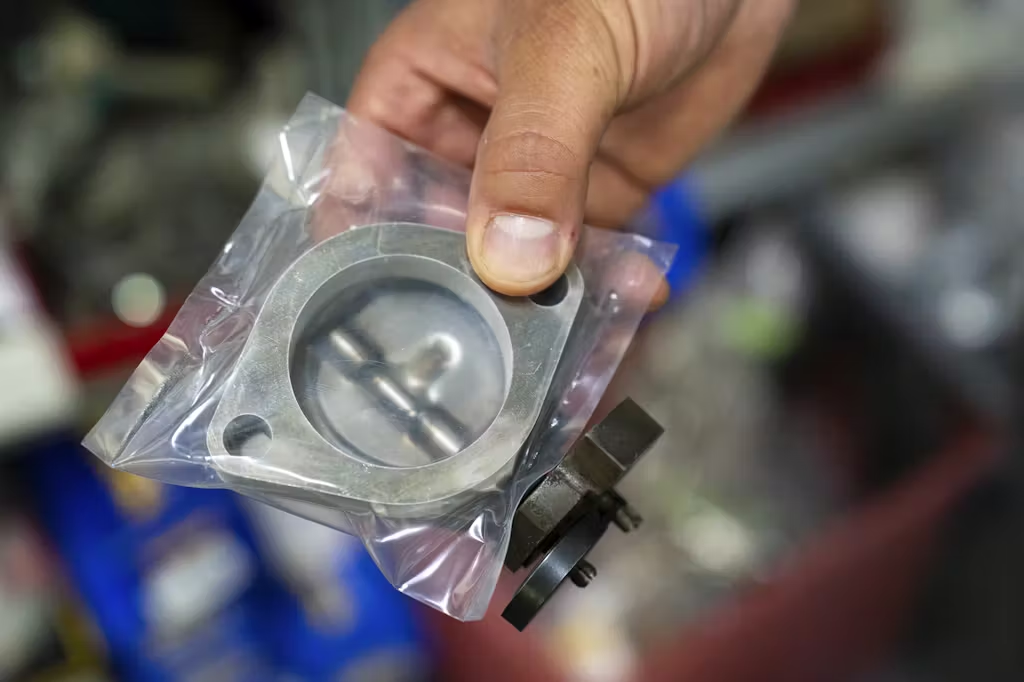Author: John Mayhead
Images: Eric Weiner and Unsplash/Ali Mkumbwa
So, we now know. Thanks to a ‘proclamation’ published by the White House on 3rd April, it is now clear that cars 25 years old and more will be exempt from the new additional 25 percent US car import tariffs, but the exemption doesn’t currently extend to automotive parts for older vehicles. They will be hit with an additional 25 percent starting on 3rd May, and the previous ‘de minimis’ exemption for packages valued at under $800 has been stopped.
The exemption for cars more than 25-years-old is good news as it means a separation of markets across the Atlantic will be less likely. Previously, until the clarification was received, it had been feared that adding such a huge amount to the cost of import would almost entirely kill the trade of classic cars moving into the US with a likely effect on values. The numbers aren’t insignificant either, with Hagerty tracking 23,464 cars built in 1999 and earlier being moved by sea into the US in the five years between 2019 and 2024. Plus, this isn’t just a rich collector’s problem: the top three most numerous classic cars imported into the US over the period were the Nissan Skyline R33, the Skyline R34 and the Land Rover Defender.


Parts though are more of a challenge. This week, the Historic and Classic Vehicles Alliance (HCVA) industry group met with various British parts manufacturers and suppliers to discuss how the tariffs could potentially affect their business. The outcome was a clearer picture, but one that still requires answers. Parts, it seems are complicated.
A car is relatively easy to date through registration papers and build records, and almost all have identifying numbers physically stamped into them. There are long-established norms for identifying vehicles that are accepted around the world, but parts are trickier to age, especially those without stamped serial numbers. If the aim is to shift manufacturing of these parts to America, then what about classic parts that were originally made there and shipped back? What about a US car sent to the UK for restoration: how are the parts used during the restoration tracked and tariffed? The answers, it seems, will emerge once the dust has settled, and that’s not great for those still trying to import into the huge American market.
In many ways, we’ve been here before. I remember writing for Hagerty about import issues into the EU after the Brexit agreement came into force. Something this complex, imposed so quickly, always has holes in the legislation and until the procedures become known by both importers and customs staff, the process can be very complicated. This week, Hagerty was told that a customs department in California was still charging 22.5 percent import duty even on classic cars.
For enthusiasts here in the UK, this can seem like a very faraway battle but it could influence us. At the moment, both Lotus and Jaguar Land Rover have paused imports into the US while the British government decides how to respond. Worst case, that could affect jobs in the UK and place our already weak automotive manufacturing sector under yet more strain. A lot of our parts are made in the Far East – there could be a glut as imports are redirected from America but may rise longer term as costs go up. Depending on the parts tariff situation, it may also encourage US owners to ship their British classic car back to the UK for restoration, that will help our businesses here but with demand may come higher prices.
Clarity will, I am sure, come with time. Until then, the best thing you can do is get out there and enjoy your cars.
For the US perspective, read Hagerty’s story here.
Will the new tariffs change the way you purchase cars from abroad? We would love to hear from you in the comments below.






